| 1.
|
Armel Ulrich Kemloh Wagoum, Armin Seyfried,
Conception, Development, Installation and Evaluation of a Real Time Evacuation Assistant for Complex Buildings,
2013,
104,
18770428,
728,
10.1016/j.sbspro.2013.11.167
|
|
| 2.
|
Dirk Hartmann, Isabella von Sivers,
Structured first order conservation models for pedestrian dynamics,
2013,
8,
1556-181X,
985,
10.3934/nhm.2013.8.985
|
|
| 3.
|
I.M. Sticco, G.A. Frank, F.E. Cornes, C.O. Dorso,
A re-examination of the role of friction in the original Social Force Model,
2020,
121,
09257535,
42,
10.1016/j.ssci.2019.08.041
|
|
| 4.
|
Milad Haghani,
The knowledge domain of crowd dynamics: Anatomy of the field, pioneering studies, temporal trends, influential entities and outside-domain impact,
2021,
580,
03784371,
126145,
10.1016/j.physa.2021.126145
|
|
| 5.
|
Dirk Hartmann, Jana Mille, Alexander Pfaffinger, Christian Royer,
2014,
Chapter 102,
978-3-319-02446-2,
1237,
10.1007/978-3-319-02447-9_102
|
|
| 6.
|
Emiliano Cristiani, Benedetto Piccoli, Andrea Tosin,
2014,
Chapter 2,
978-3-319-06619-6,
29,
10.1007/978-3-319-06620-2_2
|
|
| 7.
|
Machi Zawidzki,
2016,
Chapter 3,
978-981-10-1105-4,
53,
10.1007/978-981-10-1106-1_3
|
|
| 8.
|
Nirajan Shiwakoti,
Understanding differences in emergency escape and experimental pedestrian crowd egress through quantitative comparison,
2016,
20,
22124209,
129,
10.1016/j.ijdrr.2016.11.002
|
|
| 9.
|
Martin Burger, Marco Di Francesco, Peter A. Markowich, Marie-Therese Wolfram,
Mean field games with nonlinear mobilities in pedestrian dynamics,
2014,
19,
1553-524X,
1311,
10.3934/dcdsb.2014.19.1311
|
|
| 10.
|
Andreas Schadschneider, Christian Eilhardt, Stefan Nowak, Armel Ulrich Kemloh Wagoum, Armin Seyfried,
2013,
Chapter 27,
978-3-642-39668-7,
287,
10.1007/978-3-642-39669-4_27
|
|
| 11.
|
Krithika Rathinakumar, Annalisa Quaini,
A microscopic approach to study the onset of a highly infectious disease spreading,
2020,
329,
00255564,
108475,
10.1016/j.mbs.2020.108475
|
|
| 12.
|
Jieyu Chen, Tianxing Shi, Nan Li,
Pedestrian evacuation simulation in indoor emergency situations: Approaches, models and tools,
2021,
142,
09257535,
105378,
10.1016/j.ssci.2021.105378
|
|
| 13.
|
Jarosław Wąs, Robert Lubaś,
Towards realistic and effective Agent-based models of crowd dynamics,
2014,
146,
09252312,
199,
10.1016/j.neucom.2014.04.057
|
|
| 14.
|
Maria Davidich, Gerta Köster, Tobias Preis,
Predicting Pedestrian Flow: A Methodology and a Proof of Concept Based on Real-Life Data,
2013,
8,
1932-6203,
e83355,
10.1371/journal.pone.0083355
|
|
| 15.
|
Machi Zawidzki, Mohcine Chraibi, Katsuhiro Nishinari,
Crowd-Z: The user-friendly framework for crowd simulation on an architectural floor plan,
2014,
44,
01678655,
88,
10.1016/j.patrec.2013.10.025
|
|
| 16.
|
Antoine Tordeux, Mohcine Chraibi, Armin Seyfried,
2016,
Chapter 29,
978-3-319-33481-3,
225,
10.1007/978-3-319-33482-0_29
|
|
| 17.
|
Milad Haghani, Majid Sarvi,
Crowd model calibration at strategic, tactical, and operational levels: Full-spectrum sensitivity analyses show bottleneck parameters are most critical, followed by exit-choice-changing parameters,
2023,
1942-7867,
1,
10.1080/19427867.2023.2195729
|
|
| 18.
|
Ziwei Cui, Ming Cai, Yao Xiao, Zheng Zhu, Mofeng Yang, Gongbo Chen,
Forecasting the transmission trends of respiratory infectious diseases with an exposure-risk-based model at the microscopic level,
2022,
212,
00139351,
113428,
10.1016/j.envres.2022.113428
|
|
| 19.
|
Emiliano Cristiani, Benedetto Piccoli, Andrea Tosin,
2014,
Chapter 6,
978-3-319-06619-6,
137,
10.1007/978-3-319-06620-2_6
|
|
| 20.
|
Xiao Song, Kai Chen, Xu Li, Jinghan Sun, Baocun Hou, Yong Cui, Baochang Zhang, Gang Xiong, Zilie Wang,
Pedestrian Trajectory Prediction Based on Deep Convolutional LSTM Network,
2021,
22,
1524-9050,
3285,
10.1109/TITS.2020.2981118
|
|
| 21.
|
A. Kneidl, D. Hartmann, A. Borrmann,
A hybrid multi-scale approach for simulation of pedestrian dynamics,
2013,
37,
0968090X,
223,
10.1016/j.trc.2013.03.005
|
|
| 22.
|
Daewa Kim, Annalisa Quaini,
Coupling kinetic theory approaches for pedestrian dynamics and disease contagion in a confined environment,
2020,
30,
0218-2025,
1893,
10.1142/S0218202520400126
|
|
| 23.
|
Sibel Gokce, Ozhan Kayacan,
Study on bi-directional pedestrian movement using ant algorithms,
2016,
25,
1674-1056,
010508,
10.1088/1674-1056/25/1/010508
|
|
| 24.
|
Zhe Zhang, Limin Jia,
Direction-Decision Learning Based Pedestrian Flow Behavior Investigation,
2020,
8,
2169-3536,
15027,
10.1109/ACCESS.2020.2964001
|
|
| 25.
|
Sainan Zhang, Jun Zhang, Mohcine Chraibi, Weiguo Song,
A speed-based model for crowd simulation considering walking preferences,
2021,
95,
10075704,
105624,
10.1016/j.cnsns.2020.105624
|
|
| 26.
|
Felix Dietrich, Gerta Köster, Michael Seitz, Isabella von Sivers,
2014,
Chapter 62,
978-3-642-55194-9,
659,
10.1007/978-3-642-55195-6_62
|
|
| 27.
|
Xiao Yang, Binxu Wang, Zheng Qin,
Floor Field Model Based on Cellular Automata for Simulating Indoor Pedestrian Evacuation,
2015,
2015,
1024-123X,
1,
10.1155/2015/820306
|
|
| 28.
|
Emiliano Cristiani, Benedetto Piccoli, Andrea Tosin,
2014,
Chapter 5,
978-3-319-06619-6,
109,
10.1007/978-3-319-06620-2_5
|
|
| 29.
|
Maria Davidich, Florian Geiss, Hermann Georg Mayer, Alexander Pfaffinger, Christian Royer,
Waiting zones for realistic modelling of pedestrian dynamics: A case study using two major German railway stations as examples,
2013,
37,
0968090X,
210,
10.1016/j.trc.2013.02.016
|
|
| 30.
|
Marija Bezbradica, Heather J. Ruskin,
2020,
Chapter 9,
978-1-78985-041-3,
10.5772/intechopen.86801
|
|
| 31.
|
Alexander Aurell, Boualem Djehiche,
Modeling tagged pedestrian motion: A mean-field type game approach,
2019,
121,
01912615,
168,
10.1016/j.trb.2019.01.011
|
|
| 32.
|
Junjie Wei, Qigen Deng, Lixin Zhang, Peng Li,
Study on emergency evacuation in underground urban complexes,
2022,
17,
1932-6203,
e0278521,
10.1371/journal.pone.0278521
|
|
| 33.
|
Sean Curtis, Dinesh Manocha,
2014,
Chapter 73,
978-3-319-02446-2,
875,
10.1007/978-3-319-02447-9_73
|
|
| 34.
|
Zhe Zhang, ShuRong Yan, JianYuan Guo,
2022,
Chapter 52,
978-981-16-9912-2,
467,
10.1007/978-981-16-9913-9_52
|
|
| 35.
|
Felix Dietrich, Gerta Köster,
Gradient navigation model for pedestrian dynamics,
2014,
89,
1539-3755,
10.1103/PhysRevE.89.062801
|
|
| 36.
|
Francisco Martinez-Gil, Miguel Lozano, Ignacio García-Fernández, Fernando Fernández,
Modeling, Evaluation, and Scale on Artificial Pedestrians,
2018,
50,
0360-0300,
1,
10.1145/3117808
|
|
| 37.
|
A. Garcimartín, J. M. Pastor, C. Martín-Gómez, D. Parisi, I. Zuriguel,
Pedestrian collective motion in competitive room evacuation,
2017,
7,
2045-2322,
10.1038/s41598-017-11197-x
|
|
| 38.
|
Alessandro Corbetta, Federico Toschi,
Physics of Human Crowds,
2023,
14,
1947-5454,
311,
10.1146/annurev-conmatphys-031620-100450
|
|
| 39.
|
Weili Wang, Jiayu Rong, Qinqin Fan, Jingjing Zhang, Xin Han, Beihua Cong, Nirajan Shiwakoti,
Data-Driven Simulation of Pedestrian Movement with Artificial Neural Network,
2021,
2021,
2042-3195,
1,
10.1155/2021/5580910
|
|
| 40.
|
Michael J Seitz, Gerta Köster,
How update schemes influence crowd simulations,
2014,
2014,
1742-5468,
P07002,
10.1088/1742-5468/2014/07/P07002
|
|
| 41.
|
Armel Ulrich Kemloh Wagoum, Mohcine Chraibi, Jonas Mehlich, Armin Seyfried, Andreas Schadschneider,
Efficient and validated simulation of crowds for an evacuation assistant,
2012,
23,
15464261,
3,
10.1002/cav.1420
|
|
| 42.
|
Na Li, Ren-Yong Guo,
Simulation of bi-directional pedestrian flow through a bottleneck: Cell transmission model,
2020,
555,
03784371,
124542,
10.1016/j.physa.2020.124542
|
|
| 43.
|
Michael J. Seitz, Felix Dietrich, Gerta Köster,
The effect of stepping on pedestrian trajectories,
2015,
421,
03784371,
594,
10.1016/j.physa.2014.11.064
|
|
| 44.
|
Xiao Song, Daolin Han, Jinghan Sun, Zenghui Zhang,
A data-driven neural network approach to simulate pedestrian movement,
2018,
509,
03784371,
827,
10.1016/j.physa.2018.06.045
|
|
| 45.
|
Gerta Köster, Marion Gödel,
2015,
Chapter 8,
978-3-319-10628-1,
63,
10.1007/978-3-319-10629-8_8
|
|
| 46.
|
Gerta Köster, Franz Treml, Marion Gödel,
Avoiding numerical pitfalls in social force models,
2013,
87,
1539-3755,
10.1103/PhysRevE.87.063305
|
|
| 47.
|
Antoine Tordeux, Guillaume Costeseque, Michael Herty, Armin Seyfried,
From Traffic and Pedestrian Follow-the-Leader Models with Reaction Time to First Order Convection-Diffusion Flow Models,
2018,
78,
0036-1399,
63,
10.1137/16M110695X
|
|
| 48.
|
Antoine Tordeux, Claudia Totzeck,
Multi-scale description of pedestrian collective dynamics with port-Hamiltonian systems,
2023,
18,
1556-1801,
906,
10.3934/nhm.2023039
|
|
| 49.
|
Felix Dietrich, Gerta Köster,
2015,
Chapter 7,
978-3-319-10628-1,
55,
10.1007/978-3-319-10629-8_7
|
|
| 50.
|
S. Liu, S. Lo, J. Ma, W. Wang,
An Agent-Based Microscopic Pedestrian Flow Simulation Model for Pedestrian Traffic Problems,
2014,
15,
1524-9050,
992,
10.1109/TITS.2013.2292526
|
|
| 51.
|
Emiliano Cristiani, Benedetto Piccoli, Andrea Tosin,
2014,
Chapter 4,
978-3-319-06619-6,
73,
10.1007/978-3-319-06620-2_4
|
|
| 52.
|
Dirk Hartmann, Peter Hasel,
Efficient Dynamic Floor Field Methods for Microscopic Pedestrian Crowd Simulations,
2014,
16,
1815-2406,
264,
10.4208/cicp.200513.290114a
|
|
| 53.
|
Larkin Heintzman, Amanda Hashimoto, Nicole Abaid, Ryan K. Williams,
2021,
Anticipatory Planning and Dynamic Lost Person Models for Human-Robot Search and Rescue,
978-1-7281-9077-8,
8252,
10.1109/ICRA48506.2021.9562070
|
|
| 54.
|
Saumya Gupta, Mohamed H. Zaki, Adan Vela,
Generative Modeling of Pedestrian Behavior: A Receding Horizon Optimization-Based Trajectory Planning Approach,
2022,
10,
2169-3536,
81624,
10.1109/ACCESS.2022.3193671
|
|
| 55.
|
Mohcine Chraibi, Takahiro Ezaki, Antoine Tordeux, Katsuhiro Nishinari, Andreas Schadschneider, Armin Seyfried,
Jamming transitions in force-based models for pedestrian dynamics,
2015,
92,
1539-3755,
10.1103/PhysRevE.92.042809
|
|
| 56.
|
Tianyi Wang, Yu Chen,
The Negative Dependence of Evacuation Time on Group Size Under a Binding Mechanism,
2022,
9,
2296-424X,
10.3389/fphy.2021.798423
|
|
| 57.
|
Sean Curtis, Basim Zafar, Adnan Gutub, Dinesh Manocha,
Right of way,
2013,
29,
0178-2789,
1277,
10.1007/s00371-012-0769-x
|
|
| 58.
|
Daewa Kim, Annalisa Quaini,
2021,
Chapter 7,
978-3-030-91645-9,
157,
10.1007/978-3-030-91646-6_7
|
|
| 59.
|
Armel Ulrich Kemloh Wagoum, Mohcine Chraibi, Christian Eilhardt, Stefan Nowak, Igor Kulkov, Daniel Weber, Kathrin Sauer, Hubert Klüpfel, Andreas Schadschneider,
2014,
Chapter 109,
978-3-319-02446-2,
1323,
10.1007/978-3-319-02447-9_109
|
|
| 60.
|
Yi Ma, Eric Wai Ming Lee, Richard Kwok Kit Yuen,
An Artificial Intelligence-Based Approach for Simulating Pedestrian Movement,
2016,
17,
1524-9050,
3159,
10.1109/TITS.2016.2542843
|
|
| 61.
|
Emiliano Cristiani, Benedetto Piccoli, Andrea Tosin,
2014,
Chapter 3,
978-3-319-06619-6,
53,
10.1007/978-3-319-06620-2_3
|
|
| 62.
|
Denis Shikhalev, Renat Khabibulin, Ulrich Kemloh, Sergey Gudin,
2017,
Chapter 6,
978-3-319-62385-6,
122,
10.1007/978-3-319-62386-3_6
|
|
| 63.
|
Michael J. Seitz, Gerta Köster,
Natural discretization of pedestrian movement in continuous space,
2012,
86,
1539-3755,
10.1103/PhysRevE.86.046108
|
|
| 64.
|
R. Borsche, A. Meurer,
Microscopic and macroscopic models for coupled car traffic and pedestrian flow,
2019,
348,
03770427,
356,
10.1016/j.cam.2018.08.037
|
|
| 65.
|
Tobias Kretz,
On oscillations in the Social Force Model,
2015,
438,
03784371,
272,
10.1016/j.physa.2015.07.002
|
|
| 66.
|
Martin Burger, Sabine Hittmeir, Helene Ranetbauer, Marie-Therese Wolfram,
Lane Formation by Side-Stepping,
2016,
48,
0036-1410,
981,
10.1137/15M1033174
|
|
| 67.
|
Angelika Kneidl, Dirk Hartmann, André Borrmann,
2014,
Chapter 85,
978-3-319-02446-2,
1029,
10.1007/978-3-319-02447-9_85
|
|
| 68.
|
Yunchao Qu, Ziyou Gao, Penina Orenstein, Jiancheng Long, Xingang Li,
An effective algorithm to simulate pedestrian flow using the heuristic force-based model,
2015,
3,
2168-0566,
1,
10.1080/21680566.2014.943823
|
|
| 69.
|
Raphael Korbmacher, Antoine Tordeux,
Review of Pedestrian Trajectory Prediction Methods: Comparing Deep Learning and Knowledge-Based Approaches,
2022,
23,
1524-9050,
24126,
10.1109/TITS.2022.3205676
|
|
| 70.
|
Samer Hani Hamdar, Alireza Talebpour, Kyla D’Sa, Victor Knoop, Winnie Daamen, Martin Treiber,
Behavioral-Based Pedestrian Modeling Approach: Formulation, Sensitivity Analysis, and Calibration,
2022,
2676,
0361-1981,
334,
10.1177/03611981211059767
|
|
| 71.
|
Amanda Hashimoto, Larkin Heintzman, Robert Koester, Nicole Abaid,
An agent-based model reveals lost person behavior based on data from wilderness search and rescue,
2022,
12,
2045-2322,
10.1038/s41598-022-09502-4
|
|
| 72.
|
S. B. Liu, S. M. Lo, K. L. Tsui, W. L. Wang,
Modeling Movement Direction Choice and Collision Avoidance in Agent-Based Model for Pedestrian Flow,
2015,
141,
0733-947X,
10.1061/(ASCE)TE.1943-5436.0000762
|
|
| 73.
|
Emiliano Cristiani, Benedetto Piccoli, Andrea Tosin,
2014,
Chapter 1,
978-3-319-06619-6,
3,
10.1007/978-3-319-06620-2_1
|
|
| 74.
|
Lei Cao, Lin Wang,
2015,
Analysis and intervention in pedestrian evacuation via a modified social force model,
978-1-4799-7017-9,
5924,
10.1109/CCDC.2015.7161870
|
|
| 75.
|
Felix Dietrich, Gerta Köster, Michael Seitz, Isabella von Sivers,
Bridging the gap: From cellular automata to differential equation models for pedestrian dynamics,
2014,
5,
18777503,
841,
10.1016/j.jocs.2014.06.005
|
|
| 76.
|
M. Ramírez, B. A. Toledo, F. Torres, J. Rogan, J. A. Valdivia, P. Correa-Burrows,
Pedestrian flow in two dimensions: Optimal psychological stress leads to less evacuation time and decongestion,
2021,
104,
2470-0045,
10.1103/PhysRevE.104.024312
|
|
| 77.
|
Armel Ulrich Kemloh Wagoum, Armin Seyfried, Frank Fiedrich, Ralph Majer,
2014,
Chapter 20,
978-3-319-02446-2,
251,
10.1007/978-3-319-02447-9_20
|
|
| 78.
|
Libi Fu, Ying Zhang, Huigui Qin, Qingxin Shi, Qiyi Chen, Yunqian Chen, Yongqian Shi,
A modified social force model for studying nonlinear dynamics of pedestrian-e-bike mixed flow at a signalized crosswalk,
2023,
174,
09600779,
113813,
10.1016/j.chaos.2023.113813
|
|
| 79.
|
Jakob Cordes, Mohcine Chraibi, Antoine Tordeux, Andreas Schadschneider,
2023,
Chapter 6,
978-3-031-46358-7,
143,
10.1007/978-3-031-46359-4_6
|
|
| 80.
|
Amir Rafe, Patrick A. Singleton,
Exploring the Complexity of Pedestrian Dynamics: Impact of Societal Behaviors and Personal Attributes in Urban Environments,
2024,
0361-1981,
10.1177/03611981241260707
|
|
| 81.
|
Rongyong Zhao, Arifur Rahman, Bingyu Wei, Cuiling Li, Yunlong Ma, Yuxing Cai, Lingchen Han,
A literature review of contacting force measurement methods for pedestrian crowds,
2024,
10,
24058440,
e39755,
10.1016/j.heliyon.2024.e39755
|
|
| 82.
|
Rudina Subaih, Antoine Tordeux,
Modeling pedestrian single-file movement: Extending the interaction to the follower,
2024,
633,
03784371,
129394,
10.1016/j.physa.2023.129394
|
|
| 83.
|
Mengchen He, Yunfei Qiu, Xinru Ge, Ran Huang, Juan Chen, Qiao Wang, Jacquline Lo, Jian Ma,
Effect of moving walkway arrangement on unidirectional crowd flow characteristics,
2024,
643,
03784371,
129789,
10.1016/j.physa.2024.129789
|
|
| 84.
|
Raphael Korbmacher, Alexandre Nicolas, Antoine Tordeux, Claudia Totzeck,
2023,
Chapter 3,
978-3-031-46358-7,
55,
10.1007/978-3-031-46359-4_3
|
|
| 85.
|
Tobias Kretz, Laura Eckes, Dominic Lipp, Janis Diz, Sven Müller,
Using Empirical Travel Time Distributions for Calibration of a Model of Pedestrian Dynamics,
2023,
1556-5068,
10.2139/ssrn.4369718
|
|
| 86.
|
Hua Wang, Xing-Yu Guo, Hao Tao, Ming-Liang Xu,
Collective Movement Simulation: Methods and Applications,
2024,
21,
2731-538X,
452,
10.1007/s11633-022-1405-5
|
|
| 87.
|
Jakub Porzycki, Jarosław Wąs,
Modeling spatial patterns in a moving crowd of people using data-driven approach—A concept of Interplay Floor Field,
2023,
167,
09257535,
106266,
10.1016/j.ssci.2023.106266
|
|
| 88.
|
Tiziana Campisi, Angela Ricciardello, Marianna Ruggieri, Giorgia Vitanza,
2024,
Chapter 11,
978-3-031-65328-5,
168,
10.1007/978-3-031-65329-2_11
|
|
| 89.
|
Mingwei Liu, Guiliang Lu, Oeda Yoshinao,
Analyzing factors causing deadlock events of bi-directional pedestrian flow when moving on stairs using a personal space model,
2024,
14,
2045-2322,
10.1038/s41598-024-61007-4
|
|
| 90.
|
Ruihang Xie, Sisi Zlatanova, Jinwoo (Brian) Lee, Mitko Aleksandrov,
A Motion-Based Conceptual Space Model to Support 3D Evacuation Simulation in Indoor Environments,
2023,
12,
2220-9964,
494,
10.3390/ijgi12120494
|
|
| 91.
|
Zhomart Turarov, Claudia Totzeck,
Gradient-based parameter calibration of an anisotropic interaction model for pedestrian dynamics,
2023,
0956-7925,
1,
10.1017/S0956792523000153
|
|
| 92.
|
Heng Ding, Qiao Wang, Juan Chen, Jacqueline T.Y. Lo, Jian Ma,
Investigating pedestrian stepping characteristics via intrinsic trajectory,
2024,
652,
03784371,
130045,
10.1016/j.physa.2024.130045
|
|
| 93.
|
Priyanka Iyer, Rajendra Singh Negi, Andreas Schadschneider, Gerhard Gompper,
Directed motion of cognitive active agents in a crowded three-way intersection,
2024,
7,
2399-3650,
10.1038/s42005-024-01860-x
|
|
| 94.
|
Jason Hindes, Kevin Daley, George Stantchev, Ira B Schwartz,
Swarming network inference with importance clustering of relative interactions,
2024,
5,
2632-072X,
045009,
10.1088/2632-072X/ad9b63
|
|
| 95.
|
Tarık Kunduracı,
A Study on Impatient Pedestrian Effect on Bi-directional Pedestrian Movement by Using Ant Algorithms,
2024,
11,
2148-3736,
327,
10.31202/ecjse.1430803
|
|










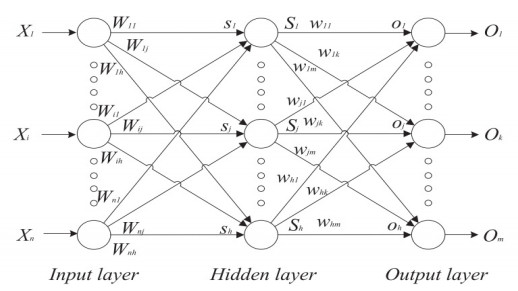
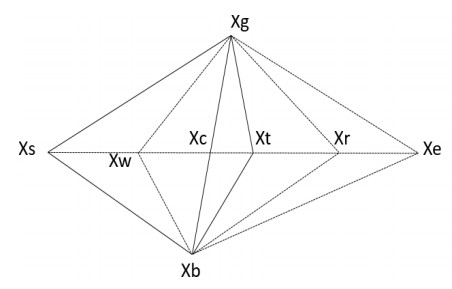
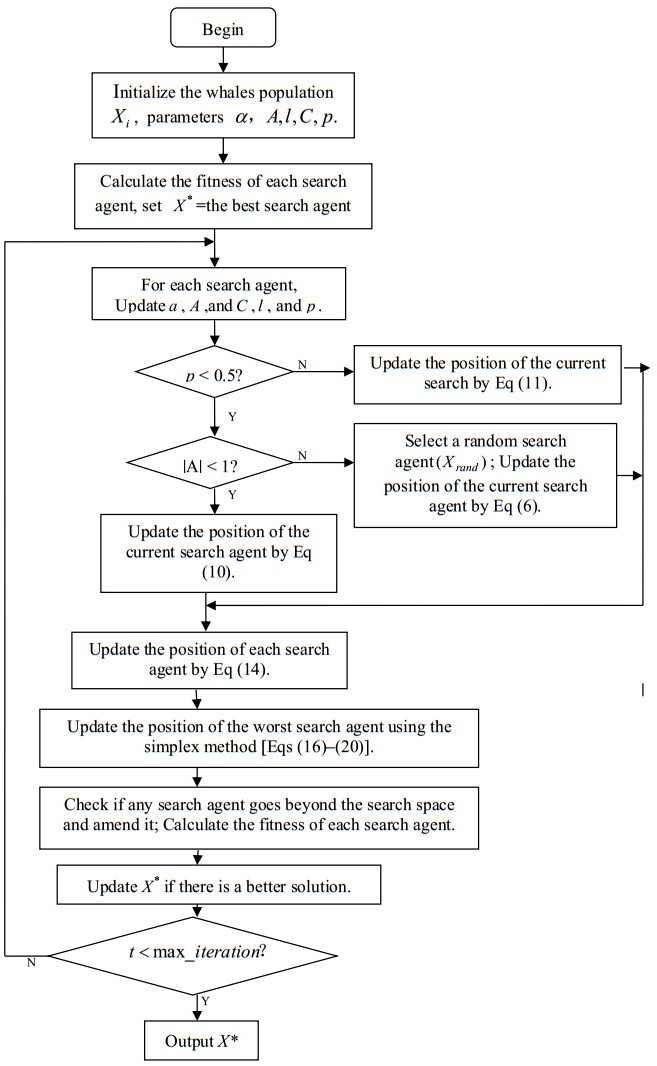
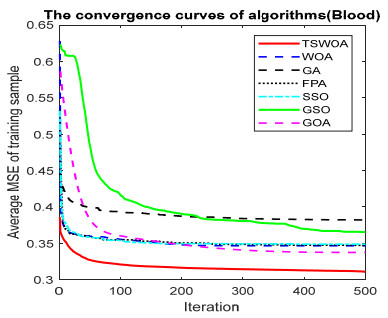
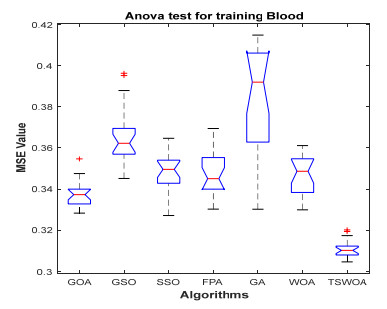
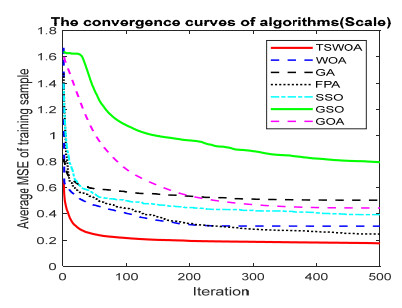
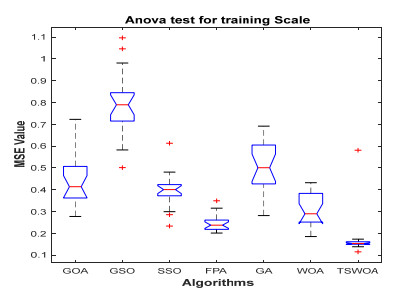
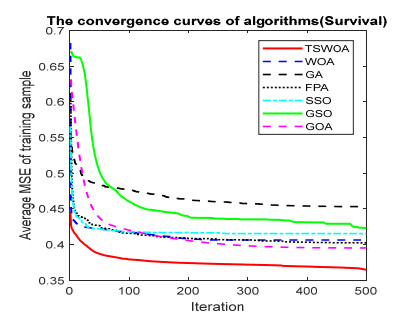
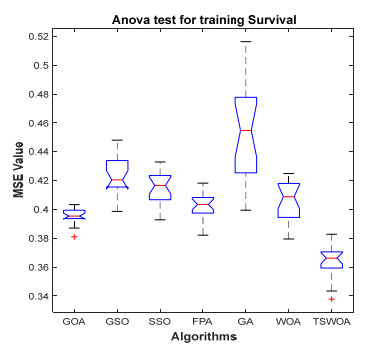
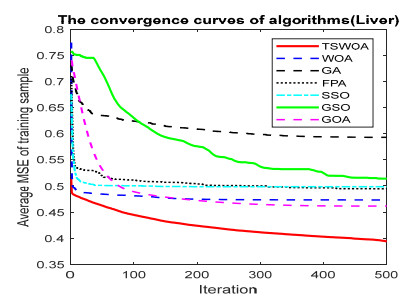
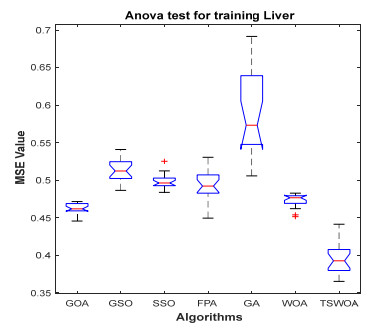
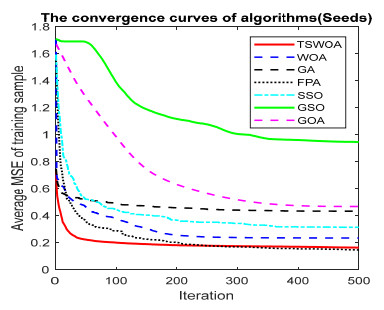
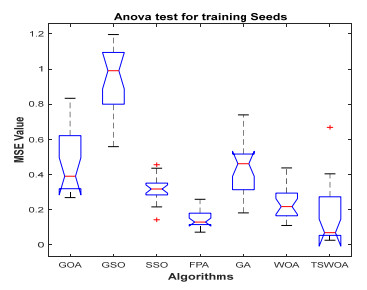
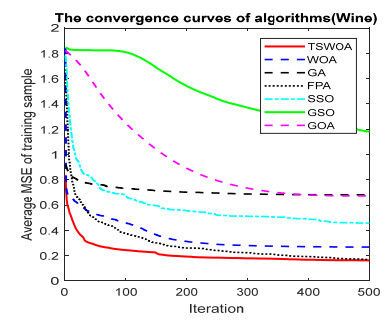
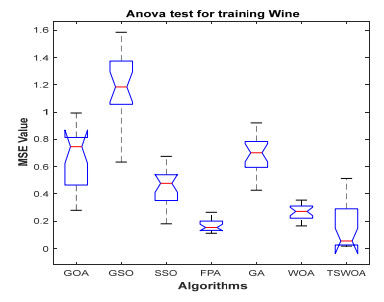
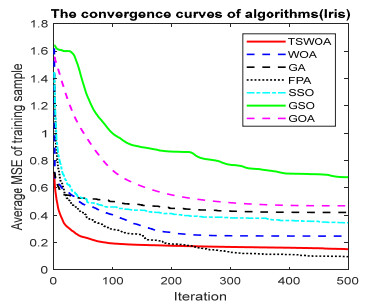
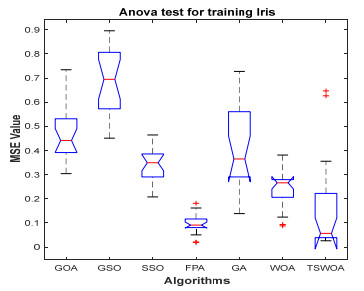
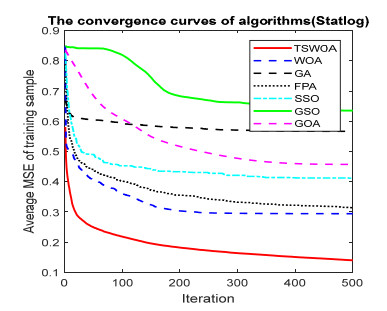
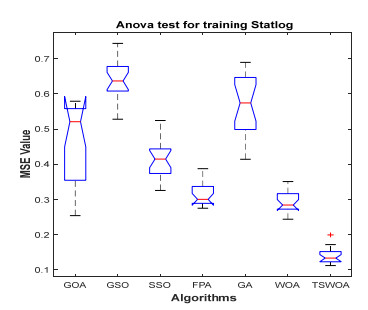
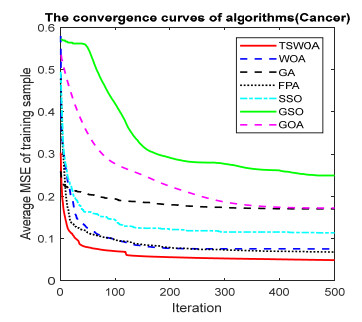
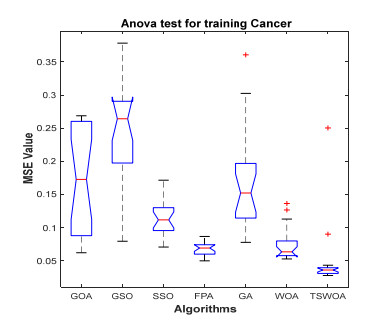
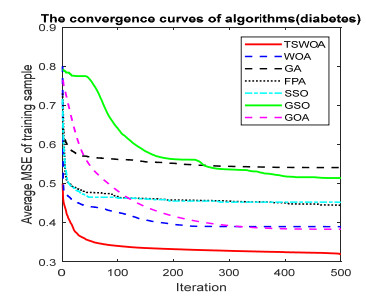
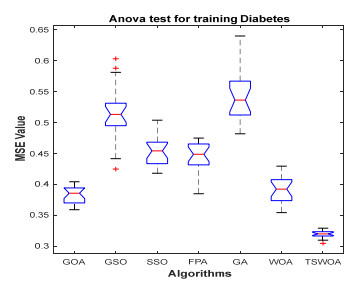
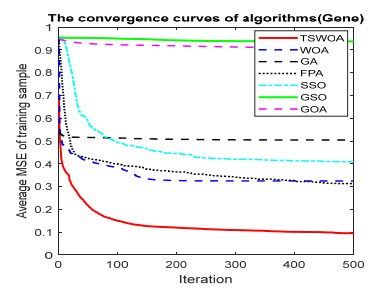
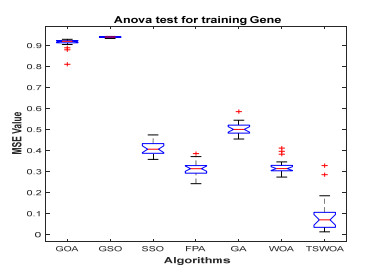
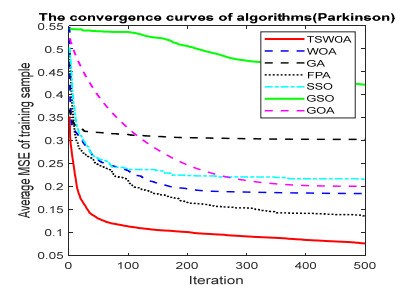
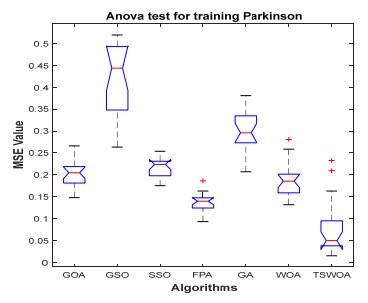
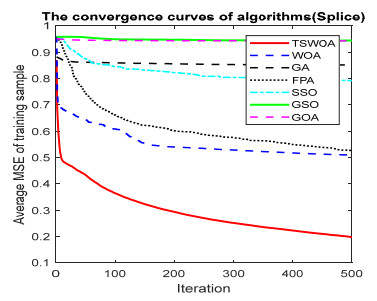
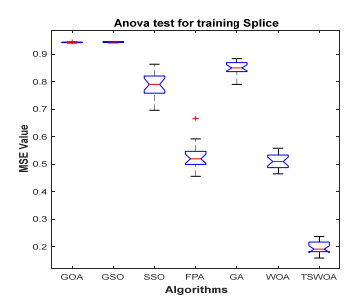
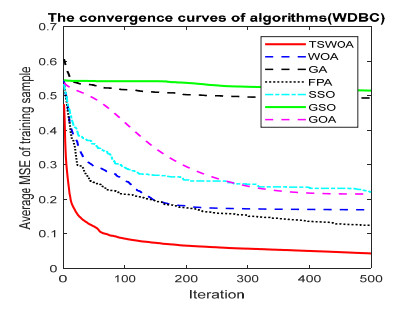
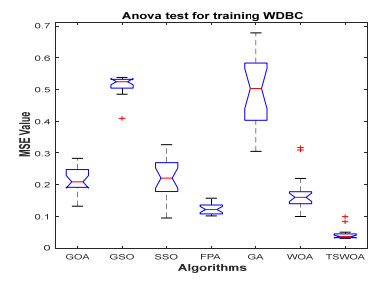
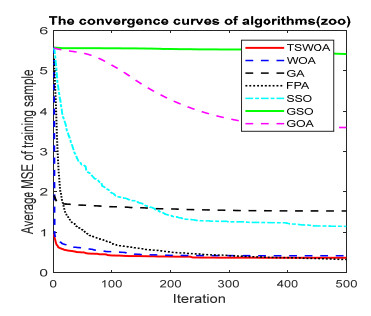
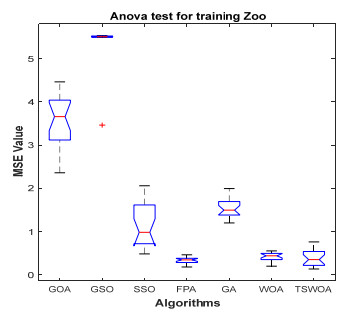


 DownLoad:
DownLoad: